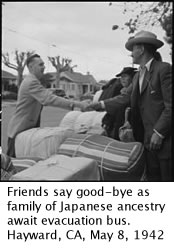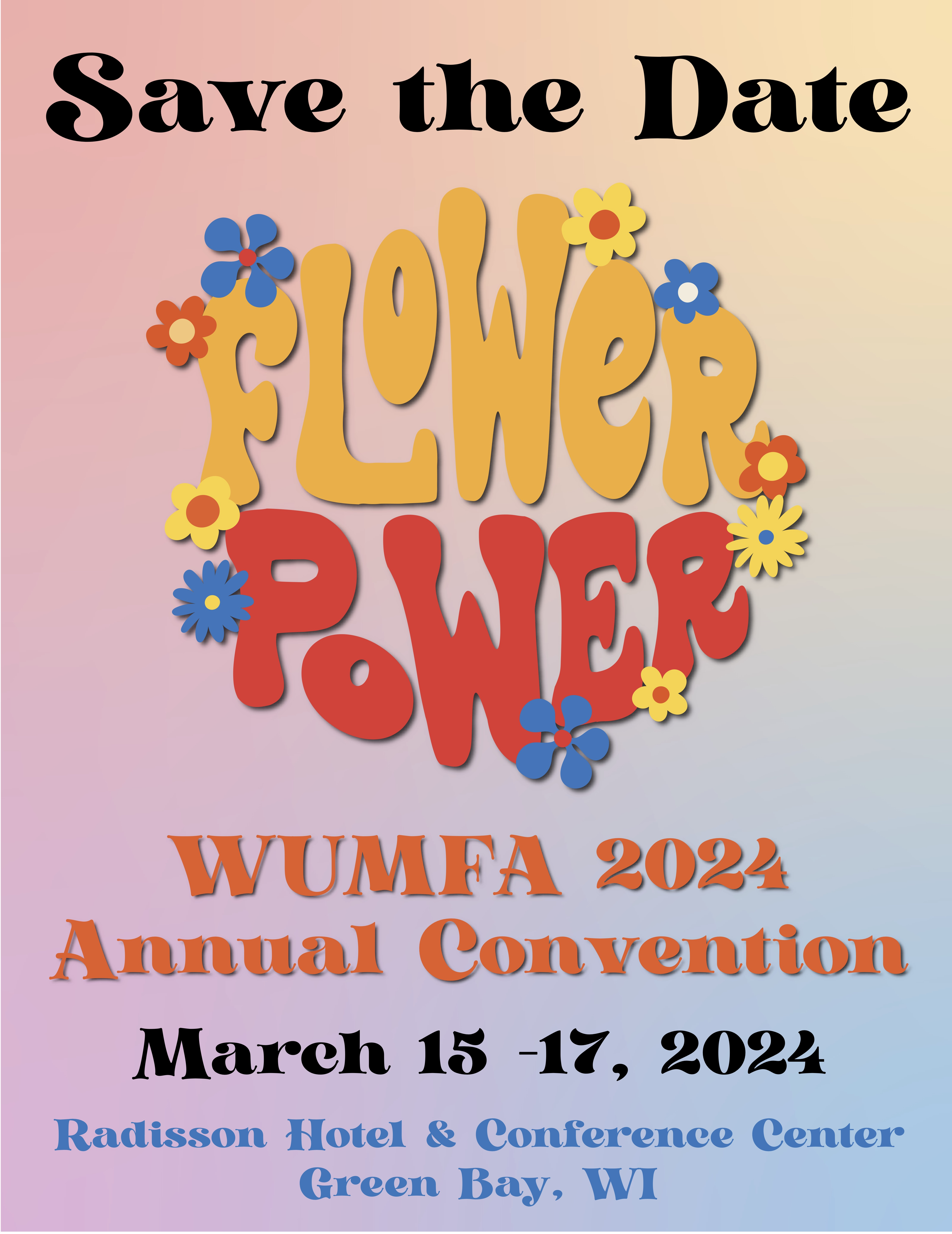The Middle Era: 1942 to 1993
The Middle Era begins for the California flower industry with a solid foundation, including the existence of numerous industry associations and well-functioning flower markets in Los Angeles and San Francisco developed in the Early Era. However, the California flower industry was about to face significant disruptions, even more so than a decade-long economic depression that recently ended.
At the beginning of this era, California was essentially tied with Ohio for 4th most populous states in the Union. California would provide more than 800,000 men to serve in the armed services in European and the Pacific theaters of war. WWII would also transform California from a rural and farming way of life to an urban society based on industry and technology.[1] California had not experienced anything as disruptive since the discovery of gold in 1849.
|
For the California flower industry the era begins with President Roosevelt signing Executive Order 9066 on February 19, 1942, resulting in the forced relocation into internment camps of nearly 120,000 Japanese in the U.S. for the duration of the war. The relocation order included those of Italian and German descent, but nothing like numbers of those of Japanese ancestry – especially in California.
By the end of the Middle Era:
- California will be the most populous state in the Union – more populous than the 22 least populated states combined;
- California will account for approximately 80% of domestic flower production;
- 76 current CalFlowers members were founded in this era, representing 42% of 2017 membership – 44% of current CalFlowers members identified as “growers” were founded in this era.
|
 |
[1] https://capitolmuseum.ca.gov/special/ww2/introduction/california-transformed
1942
Southern California Flower Market member growers evacuated and their market facilities leased to non-Japanese growers.
1945
Japanese Americans begin to return home and their businesses from camps; Southern California Flower Market returned to Japanese Growers on January 1, 1946.
1947
Wholesale value of flowers grown in Los Angeles County reaches $13.5m.
1948
California State Floral Association forms.
1949
Southern California Floral Association publishes first issue of Bloomin’ News
1950
Ayres-California Co. installs largest deep freeze unit made by Frigidaire for storage of wrapped ice ready for flower packing cases shipping from California to other states.
1955
George A. Berlin is first to sell flowers to a major supermarket chain (Alpha Beta).
Ken Short introduces the National Florist Directory & Buyers Guide, nicknamed the “Red Book.”
1956
All alien land laws repealed by popular vote.
The three San Francisco flower markets celebrate new terminal at 6th & Brannan Streets.
1959
Bufford W. Hall Company becomes the first jet-freight shipper of flowers with American Airlines (707 Flagship flight to New York).
1960's
Some growers begin relocating to Carpinteria (Santa Barbara County) and north San Diego County to escape negative impacts of urbanization.
1964
Mexican Bracero Program ends.
1965
American Institute of Floral Designers, Inc. (AIFD) formed in Los Angeles.
1967
Summer of Love in San Francisco, of which flowers are an important symbol.
1970
American Floral Services incorporates.
1974
Floral Marketing Association, the floral division of Produce Marketing Association forms.
1980
Latinos begin to participate in the Flower Market as growers and wholesalers.
1988
Redbook Florist Services starts wire service called TransAmerica Floral for supermarket floral shops.
FedEx begins discount shipping program for CalFlowers members.
1990
California Cut Flower Commission is established.
1991
Andean Trade Preferences Act becomes effective.
76 current CalFlowers California members started in business during the Middle Era, representing 42% of today’s membership.
Current Era
|









